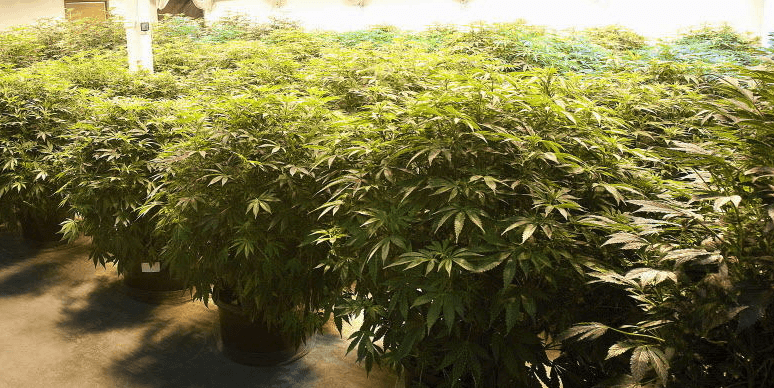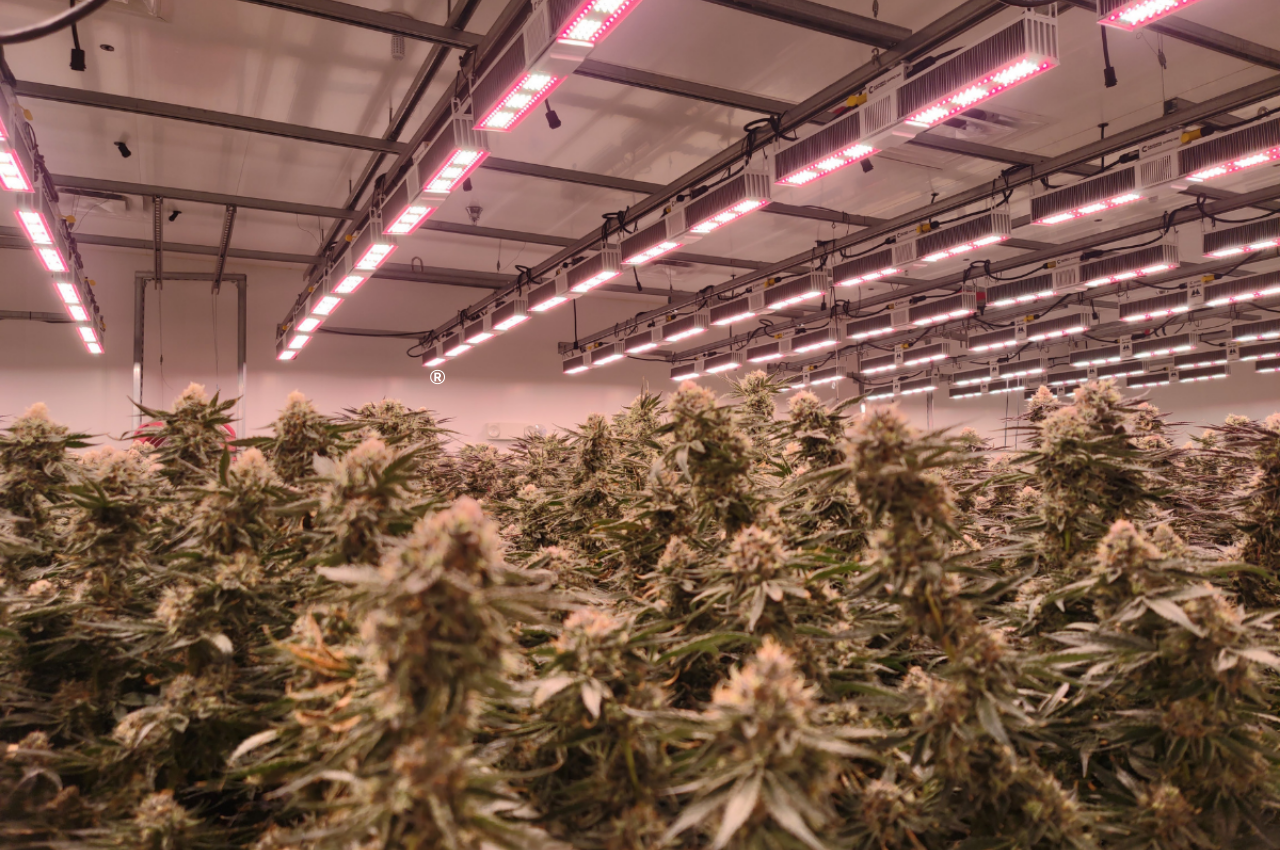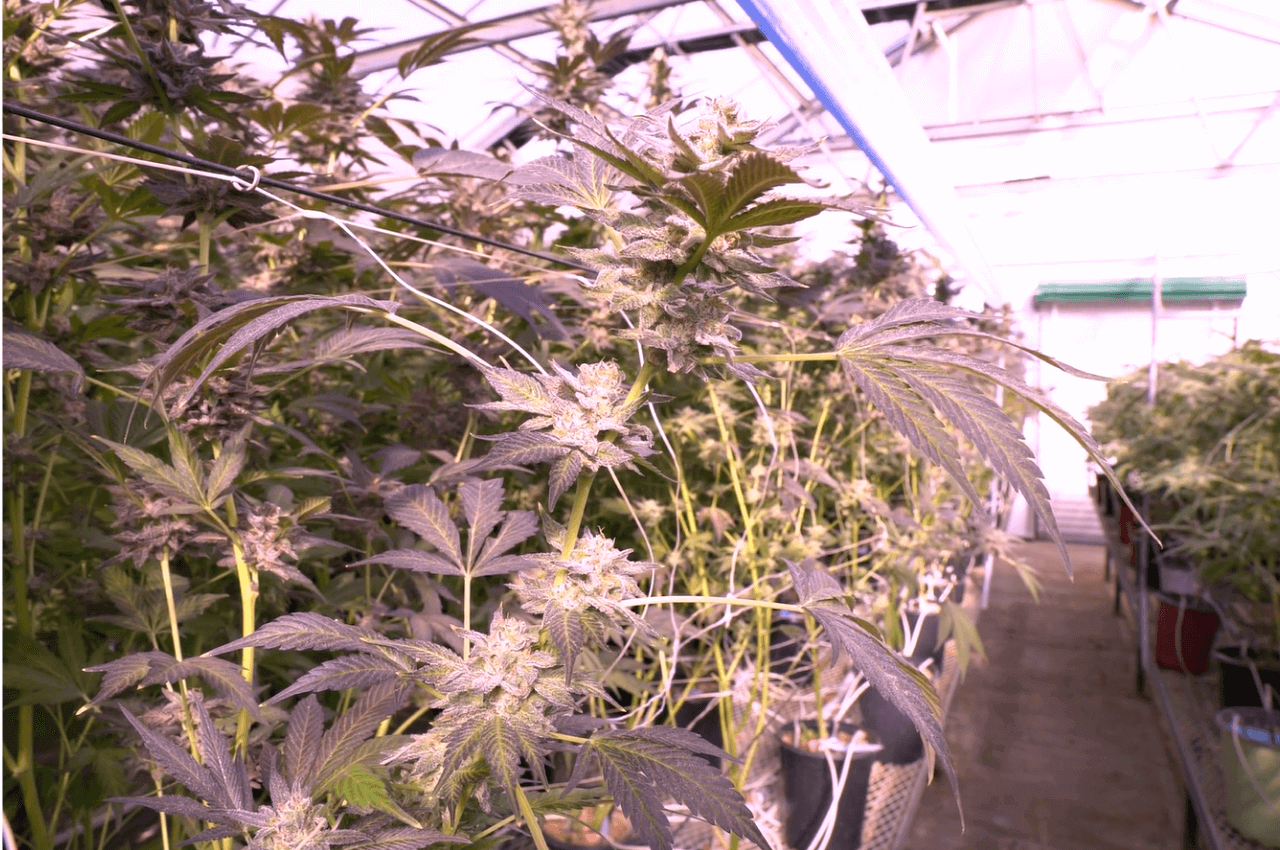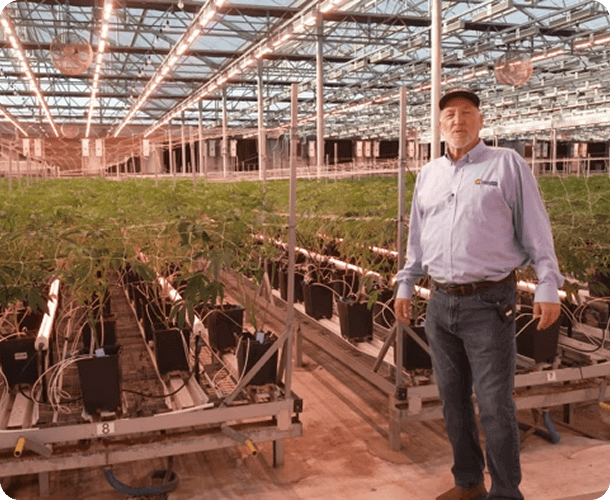As LED grow light technology advances, growers have more options than ever. If you’re currently in the process of deciding which LED lights are best for your crop, you may find yourself struggling to weigh the pros and cons of white LEDs versus variable spectrum LEDs.
The most basic distinction between the two is that white LED grow lights contain a balanced light spectrum that cannot be changed or adjusted. Variable spectrum LEDs allow the grower to modify the intensity levels for each color spectrum in an effort to manipulate and manage the growth cycle.
That’s the short version. The differences can be much more complex, and deciding which light is best for you requires a more in-depth understanding of what you get—and what you potentially lose—from each type of LED light.
Here is a straight-forward look at the most significant distinctions between variable spectrum LEDs and white LEDs.
The Importance of Green Light for LEDs
One of the most notable differences between white and variable spectrum LEDs is that white LED lights are made up of a fairly even blend of red, green, and blue light. The intensity of each color cannot be adjusted. This is relevant not only because the grower has less control over the grow cycle and chemical profile with white lights than they would with variable spectrum LEDs, but also because white LEDs put out a higher intensity of green light than your plants actually need.
So, what does that mean? Is green light harmful to your plants?
Not at all. In fact—while green is the least understood spectrum in the context of horticulture—we do know that green light provides certain benefits. Green light penetrates deeper into the canopy than blue and red. (Far red is also able to reach the bottom leaves.) This allows for a higher rate of photosynthesis.
However, plants actually absorb very little of the green spectrum. Most green light bounces off the leaves, and that effect leads to certain benefits and certain disadvantages.
Efficiency of Variable Spectrum LEDs. Vs. White LEDs
Simply put, variable spectrum LED grow lights are always more efficient than white LEDs. While both lights provide the energy-saving benefits that have come to famously characterize all LED lighting, white LEDs waste too high a percentage of their energy on the green light spectrum.
You see, the process of photosynthesis is driven by chlorophyll-A and chlorophyll-B, both of which absorb red and blue light while reflecting green. Now, that doesn’t mean green light doesn’t get used at all. Your plants contain accessory pigments—carotenes and xanthophylls—that expand the absorbable light spectrum and are able to put some amount of green light to use in the photosynthetic processes. And in fact, there is even a benefit to chlorophyll’s reflection of the green spectrum. While red and blue light are promptly absorbed by the surfaces on which they shine, green light bounces off the surface of leaves, reflecting on the undersides of other leaves and spreading deeper within the canopy.
However, even with these benefits, your plants simply do not use enough green light for biological processes to require the intensity of green spectrum that is characteristic of white LEDs. Does the extra green light damage your plants? Not at all. It’s just a waste of energy.
The Benefit of Using Green Light for Growers
While the excessive green light present in white LEDs is of limited use to plants, it does carry one benefit for growers: It allows you to view your plants more clearly without the use of specialized eyewear.
You see, plants appear green to us specifically because chlorophyll reflects the green spectrum back to us. Therefore, if you’re using a white LED grow light containing a substantial level of green light, you’re going to see that plant in what we would consider its most natural state. This makes it easy to detect any problems, diseases, or nutrient deficiencies. You are better able to evaluate the color quality of your product. And you can do it all without grow glasses.
The Issue of Quality Control
So, we’ve established that—wasteful or not—both white LEDs and variable spectrum LEDs contain the light spectrum you need to grow healthy plants. You can use either type of grow light and cultivate a decent crop.
However, if you want control over your yields, chemical profile, flavor, and overall quality, variable spectrum LED lights have far more to offer.
In nature, plants take many cues from the light spectrum radiated by the sun. As the sun’s position changes with the seasons, the spectrum that reaches the Earth changes with it. This is how plants know when it’s time to grow, when it’s time to flower, and when they need to protect themselves from harmful rays by producing more trichomes (i.e. potency).
If you choose a variable spectrum LED, you can manipulate the grow cycle to achieve the results you want for your plants. You can control the height and width of your plants, you can encourage flowering, and you can even promote greater-than-ever oil and resin production. With a white LED grow light, these results are out of your hands. You essentially get what you get.
If you’re interested in learning more about variable spectrum LED grow lights, we encourage you to check out California Lightworks’ SolarSystem series and the SolarSystem controller. If there are any questions we can answer for you, please don’t hesitate to reach out. We love helping gardeners find the best solutions for their plants.






